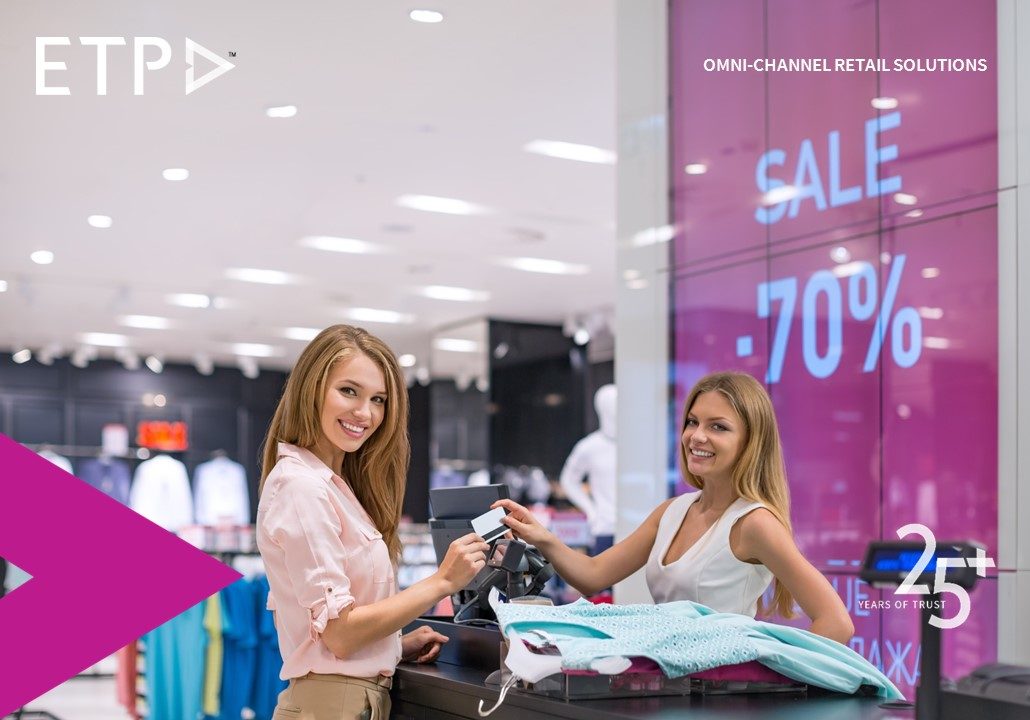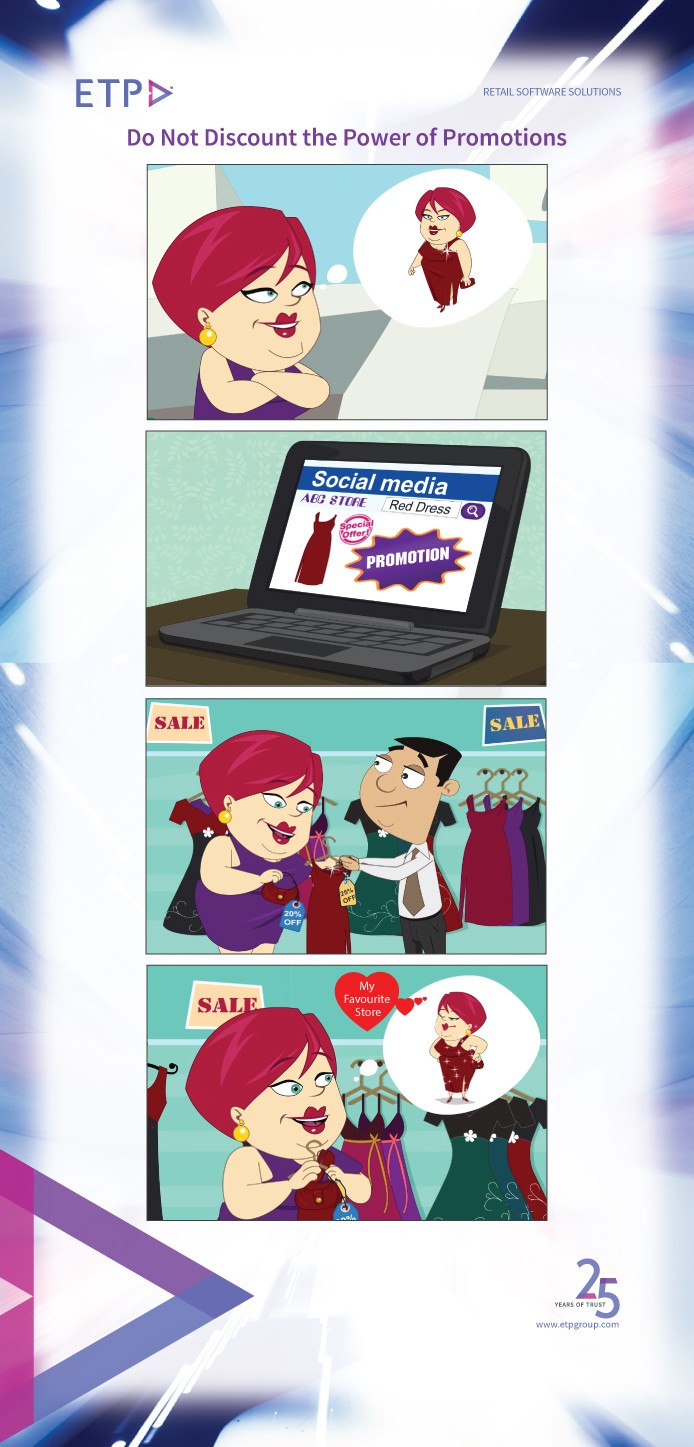
Retailers will be able to deliver the ultimate customer experience across all retail touch points every time, when they are able to have a single view of their customers, irrespective of the channels. For this, retailers will have to stop focusing on the channels and instead start concentrating on how to deliver the right omni-channel experience to every individual customer. They will need to stop treating online stores and physical stores as two separate entities. If the marketing communication and messaging are not consistent or personalized across all channels, the shopping experience will also be fragmented and suboptimal.
Delivering a superior, personalized omni-channel experience pivots upon merging the information retail owners get from online/mobile with the in-store customer behavior. As a preemptive measure, retailers must take cognizance of the fact that omni-channel shoppers switch between channels at will and choose whatever is most convenient and effective at that instant. It is at this juncture that retailers need to get their act right by making that experience feel cohesive while making sure that the messaging is consistent and personalized at every touch point. This demands a unification of customer interactions across all retail channels, which banks upon having a single unified view of the customer.
To be able to gain that single view of the customer, retail businesses must be capable of assimilating all the data available at their disposal, which includes shoppers’ online behavior and browsing history, in-store and online purchases, preferred products and modes of payment, to name a few. Since this data has to be derived from multiple sources, it is essential that retail businesses be equipped with fully integrated retail management systems. Also, they need to tap into the power of advanced analytics to make sense of the enormous amount of information coming through the systems and unify it so they can deliver the personalized brand experiences that today’s customers expect.
With the help of the unified data, retail companies can offer personalized shopping experiences with content that is targeted and tailored for the individual customer and is not channel based. Armed with this knowledge about the customer along with intelligent CRM integrated point of sale (POS) systems that display shopper profiles, in-store sales associates can recommend products, suggest relevant cross-sells, and even save the sale if an item is out of stock at that time. Similarly, online stores can offer recommendations to shoppers while they are researching or purchasing to aid them in their decision making and drive them to make the purchase and sometimes achieve up-sells. Hence, engaging in a consistent, personalized way across all channels will help retail businesses achieve omni-channel success.




